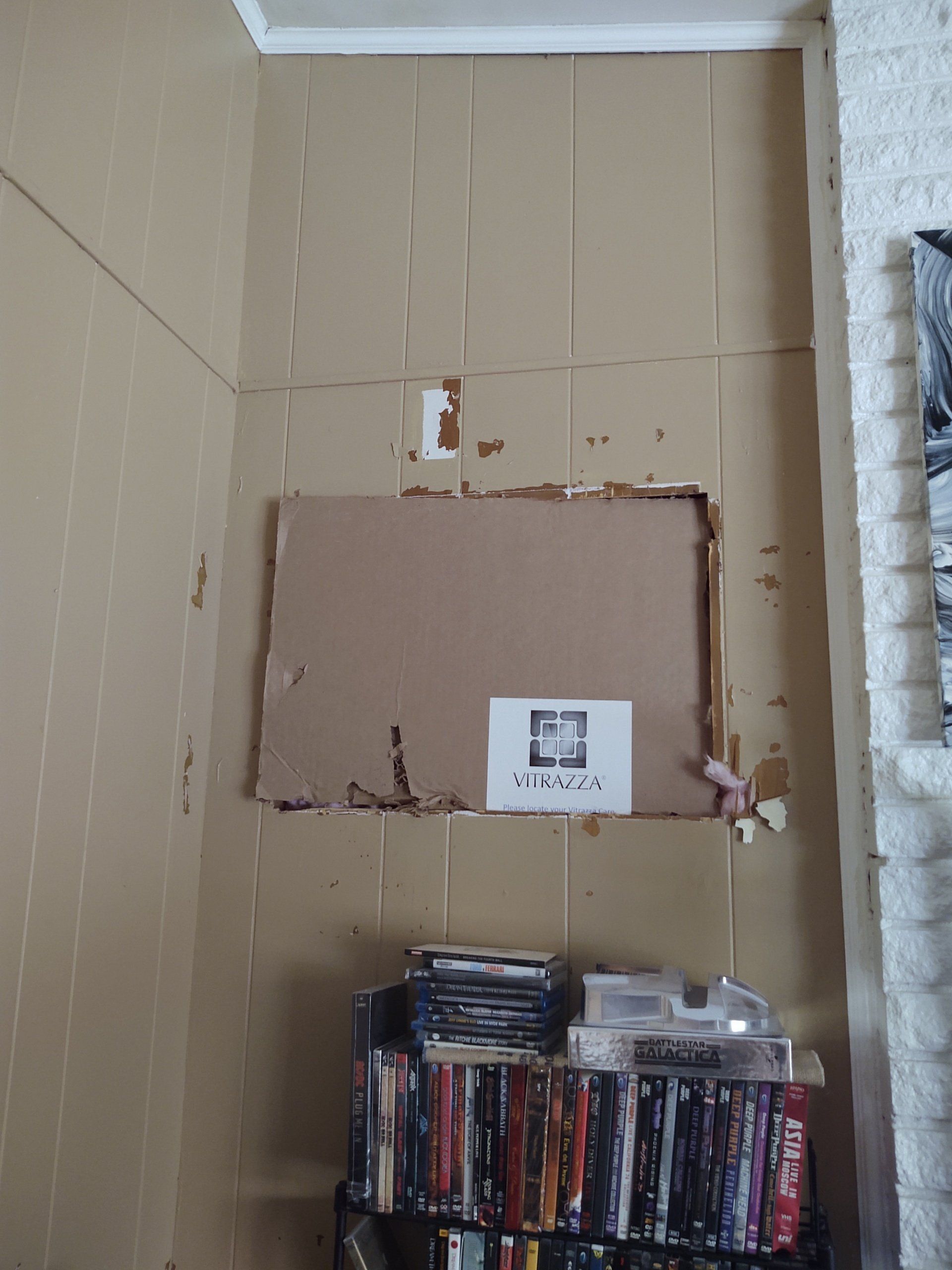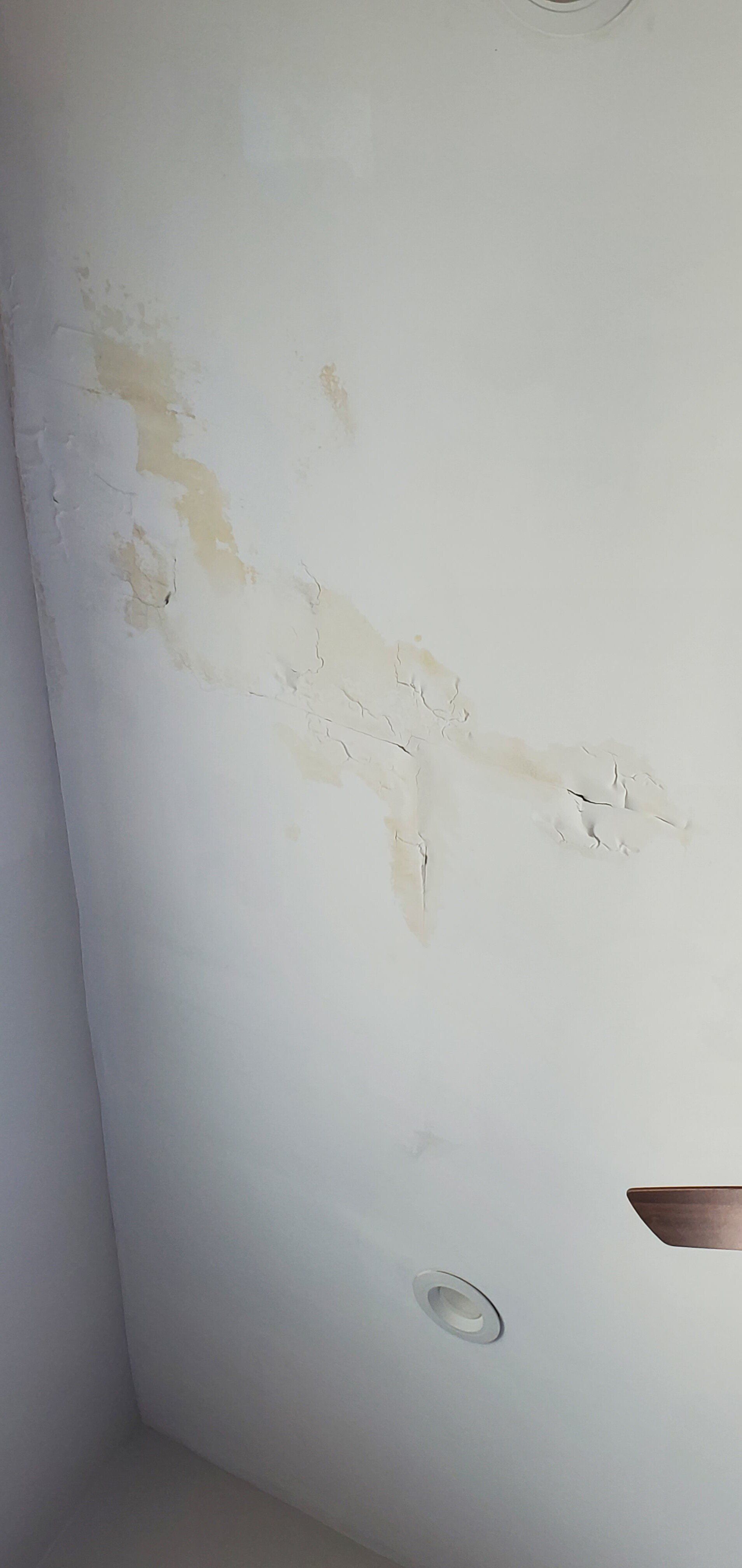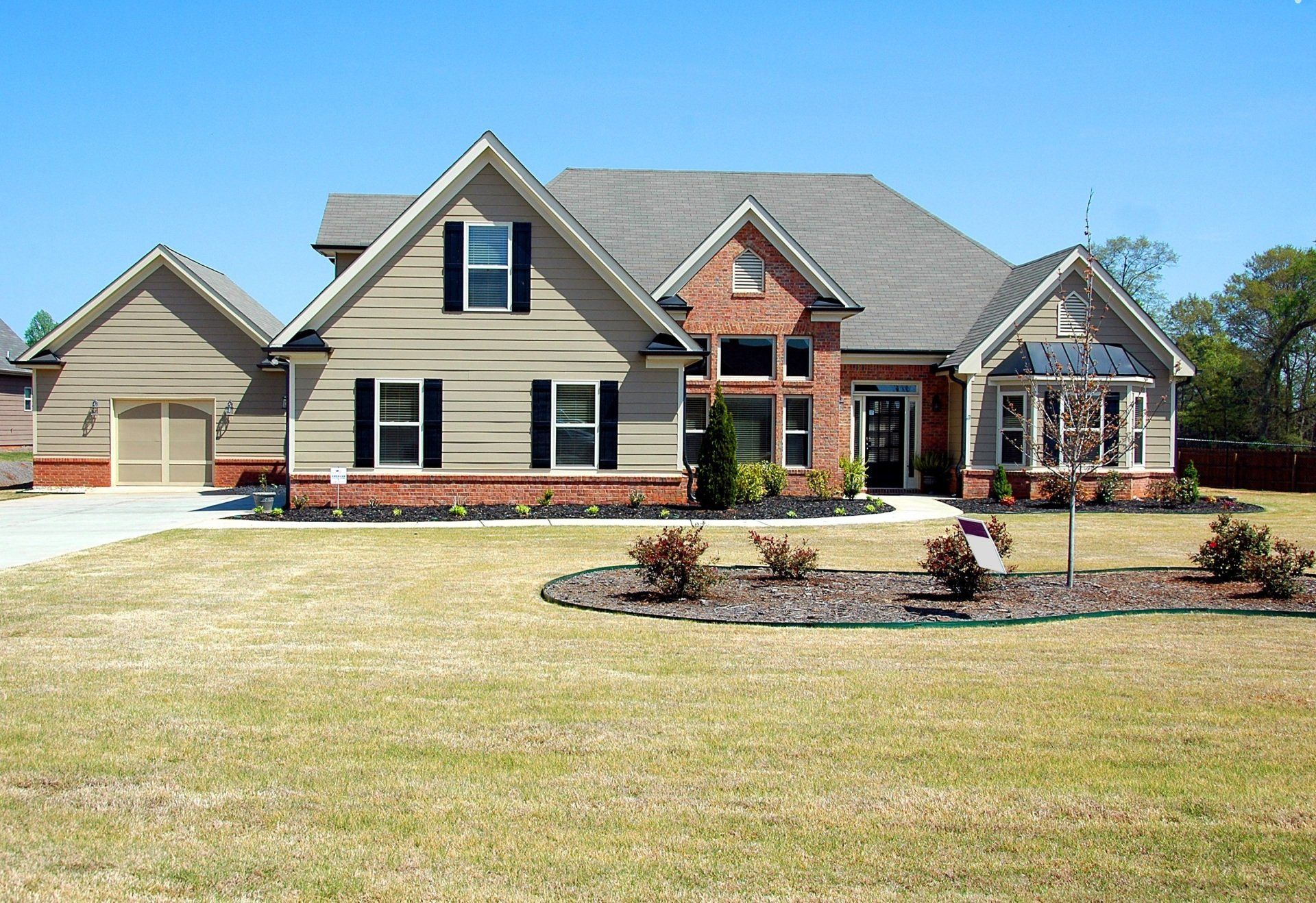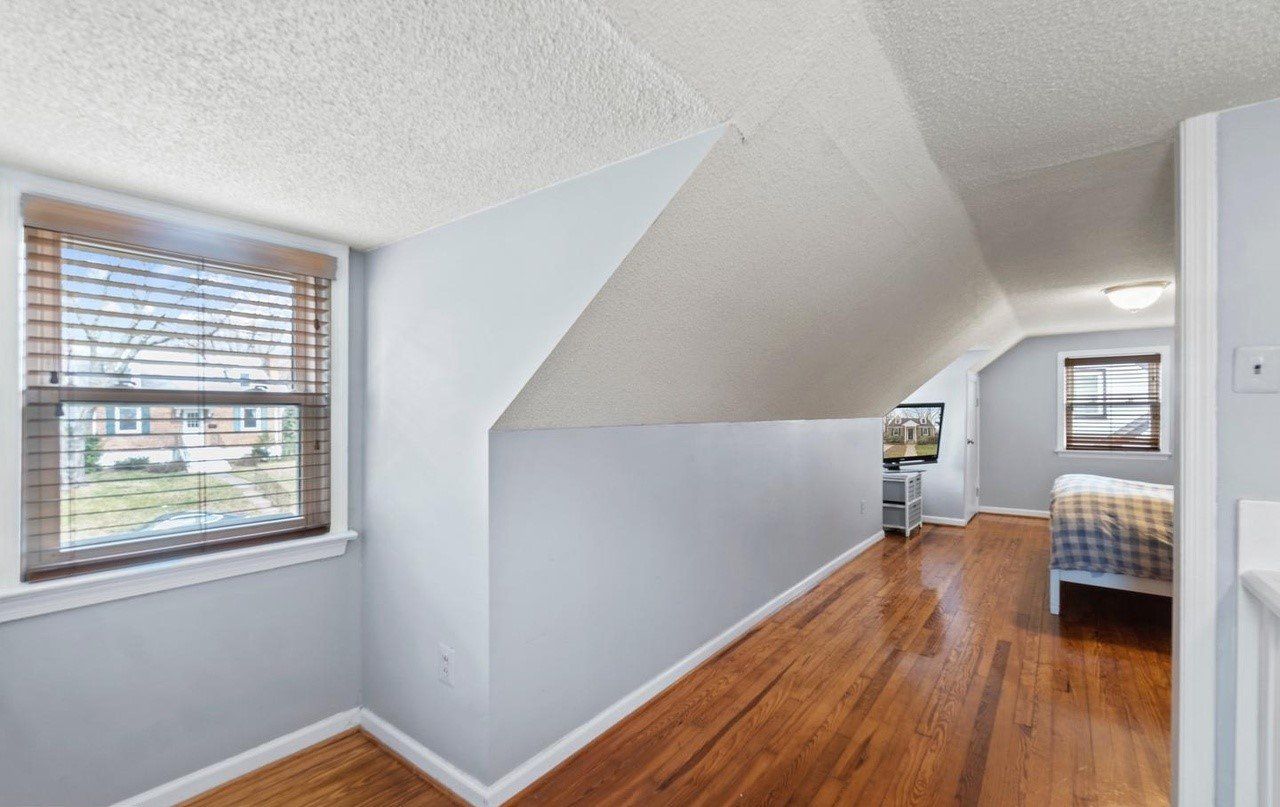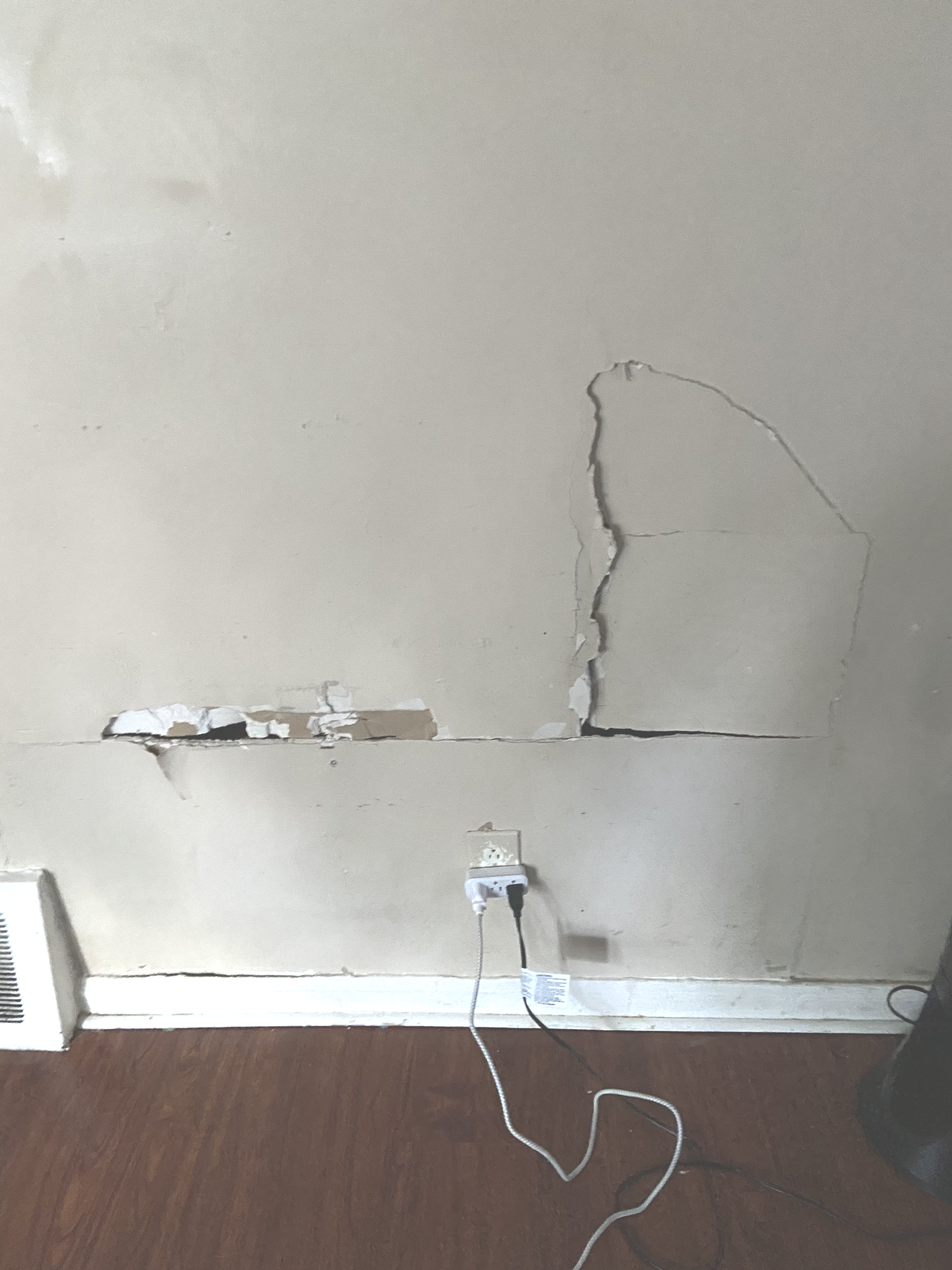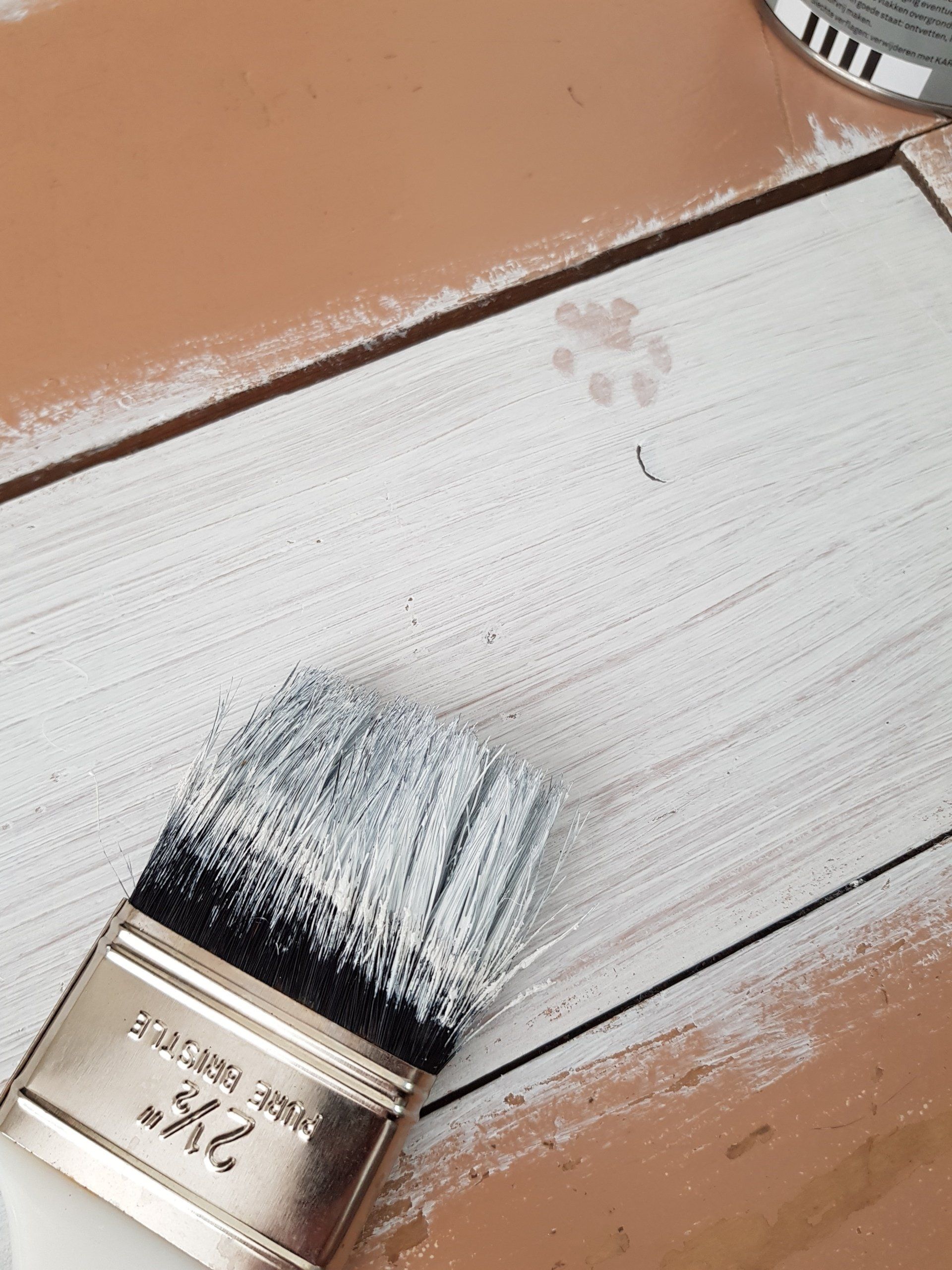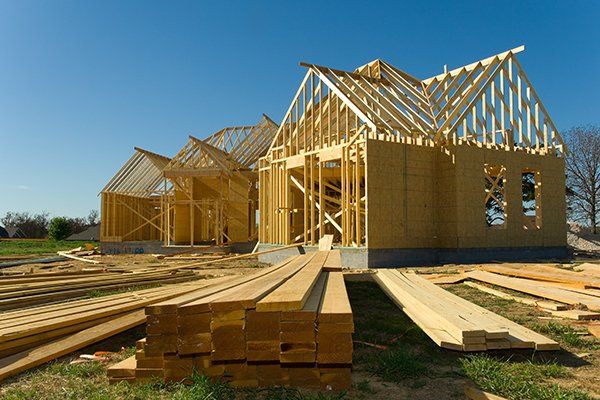Enhancing Your Home with Custom Wall and Ceiling Texturing
Transform Your Space with Custom Wall and Ceiling Textures: Techniques, Tips, and Benefits
Creating a unique and visually appealing home involves more than just selecting the right furniture and color schemes. One often overlooked aspect of home design is
wall and ceiling texturing. Custom textures can add depth, character, and personality to any room, transforming plain surfaces into works of art. This article explores the benefits and techniques of custom wall and ceiling texturing, helping you enhance your home’s aesthetic appeal.
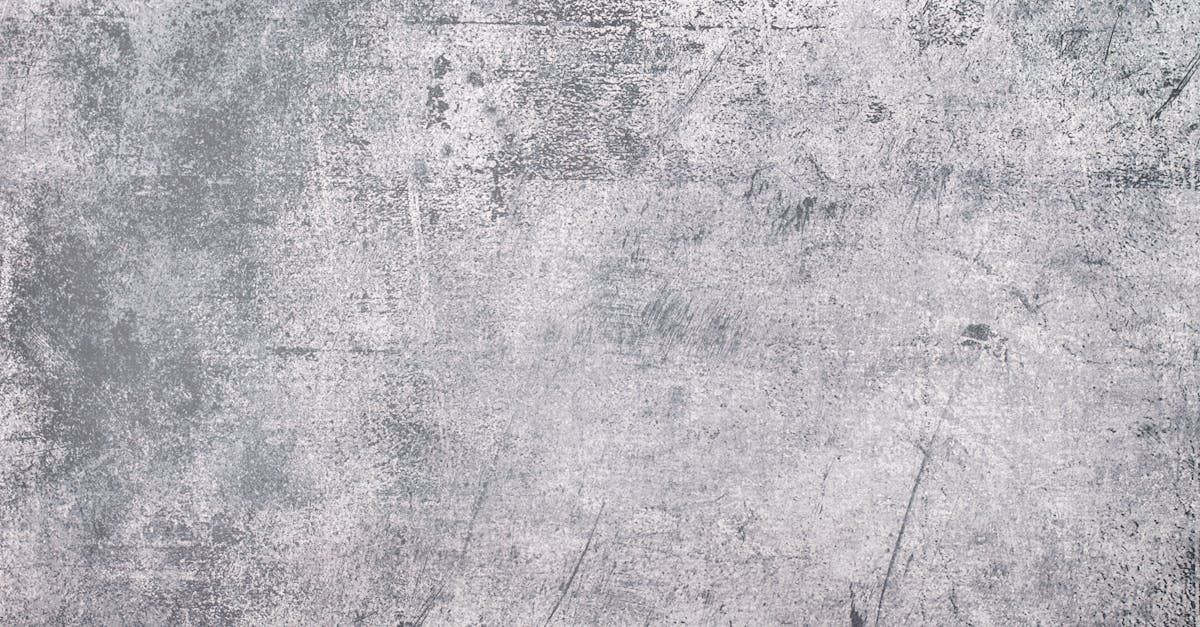
The Importance of Wall and Ceiling Texturing
Texturing your walls and ceilings can significantly impact the overall ambiance of your home. Beyond aesthetics, textures can also help hide imperfections such as cracks in walls and ceiling, dents, and other minor damages. This is particularly beneficial in older homes where wear and tear is more evident.
Techniques for Custom Wall and Ceiling Texturing
There are various techniques available for creating custom textures on your walls and ceilings, each offering a unique look and feel. Some popular methods include:
1. Knockdown Texture:
This technique involves applying joint compound to the surface and then “knocking down” the peaks with a trowel. The result is a rustic, stucco-like finish that adds a touch of sophistication to any room.
2. Orange Peel Texture:
Named for its resemblance to the skin of an orange, this texture is achieved by spraying a mixture of joint compound and water onto the wall and ceiling. It’s a popular choice for those looking for a subtle yet interesting finish.
3. Skip Trowel:
A more complex method, the skip trowel technique involves spreading joint compound with a trowel in a random pattern, creating a unique, raised texture. This method is excellent for adding depth and dimension to your walls and ceilings.
4. Swirl Texture:
This classic texture involves applying compound in a swirling pattern, creating a visually appealing and intricate design. It’s perfect for those looking to add a touch of elegance to their home.
When to Worry About Cracks in Walls and Ceilings
While texturing can help cover up minor imperfections, it’s essential to address any significant issues before proceeding. Cracks in walls and ceilings can be a sign of structural problems. If you notice cracks along wall and ceiling joints or significant cracks in my walls and ceiling, it’s crucial to determine the cause. Minor hairline cracks are typically not a cause for concern, but larger, more pronounced cracks may require professional assessment and wall and ceiling repair.
Choosing the Best Paint for Walls and Ceilings
Once you’ve achieved the desired texture, the next step is to choose the best paint for your walls and ceilings. The right paint can enhance the texture and add durability to the surface. For high-moisture areas like bathrooms and kitchens, it’s essential to select paint that can withstand humidity and frequent cleaning.
Best Paint for Bathroom Walls and Ceiling:
Look for mildew-resistant, moisture-resistant paint specifically designed for bathrooms. These paints are formulated to prevent mold growth and withstand the high humidity levels typical in bathrooms.
Best Paint for Kitchen Walls and Ceiling:
Kitchens require paint that can handle grease, stains, and frequent cleaning. Semi-gloss or satin finishes are ideal as they are easier to wipe clean and are more durable than flat finishes.
Fixing Cracks in Walls and Ceilings
Before applying any texture or paint, it’s crucial to address any existing damage. Fixing cracks in walls and ceilings ensures a smooth and even surface, allowing the texture to adhere properly and look its best. Here’s a simple guide to repairing cracks:
Clean the Area:
Remove any loose debris or dust from the crack.
Apply Joint Compound: Use a putty knife to fill the crack with joint compound, pressing it firmly into the crack.
Smooth the Surface: Once the compound is dry, sand it smooth with fine-grit sandpaper.
Prime the Surface: Apply a primer to the repaired area to ensure even paint absorption.
Benefits of Custom Wall and Ceiling Texturing
Custom texturing offers several benefits beyond aesthetics:
Conceals Imperfections: Textures can effectively hide minor flaws, making walls and ceilings look smooth and even.
Adds Depth and Character: Different textures can create a unique visual appeal, adding personality to your home.
Enhances Durability: Textured surfaces are often more resistant to wear and tear, extending the life of your walls and ceilings.
Increases Home Value: High-quality texturing can enhance your home’s overall appeal, potentially increasing its market value.
Considerations for Different Rooms
Living Spaces: In living rooms and bedrooms, custom textures can add warmth and a cozy atmosphere. Techniques like knockdown and skip trowel are popular for these areas, providing a rustic yet elegant look.
Bathrooms:
Given the high moisture levels, it's essential to choose a texture that can withstand humidity. The best paint for bathroom walls and ceiling should also be mildew-resistant to maintain the integrity of the texture.
Kitchens: Kitchens are prone to grease and stains, so selecting a durable texture and the best paint for kitchen walls and ceiling is crucial. Textures like orange peel provide a subtle finish that can be easily cleaned.
Conclusion
Enhancing your home with custom wall and ceiling texturing is a fantastic way to add personality, cover imperfections, and increase the value of your property. By understanding the different texturing techniques and addressing any underlying issues, you can achieve a stunning and durable finish. Whether you’re tackling cracks along wall and ceiling joints or simply looking to refresh a room, custom textures offer a versatile and stylish solution for any home. Investing in quality wall and ceiling texturing will not only improve the aesthetics of your home but also contribute to its overall durability and value.
Ready to work with Fort Worth Drywall Contractor Services?
Let's connect! We’re here to help.
Send us a message and we’ll be in touch.
Or give us a call today at 111-222-3333
Agency Contact Form
We will get back to you as soon as possible
Please try again later
More Marketing Tips, Tricks & Tools

©Fort Worth Drywall Contractor Services
Get In Touch
© 2004 | Powered by UpShot
